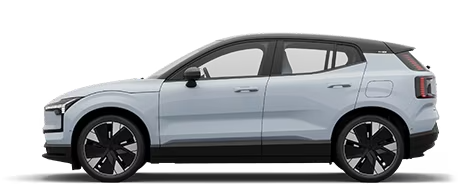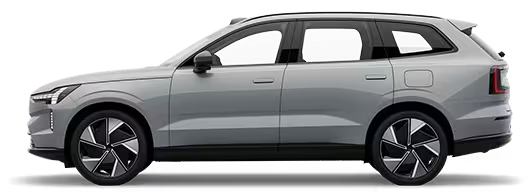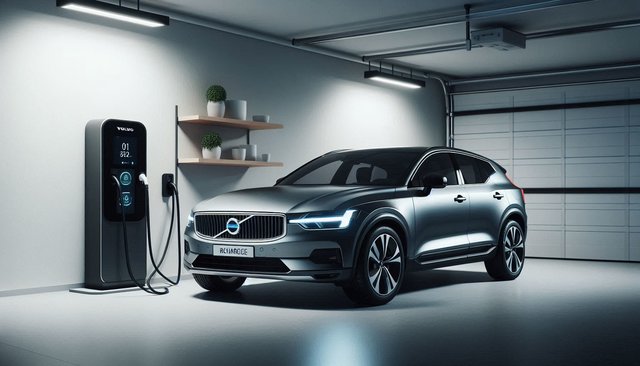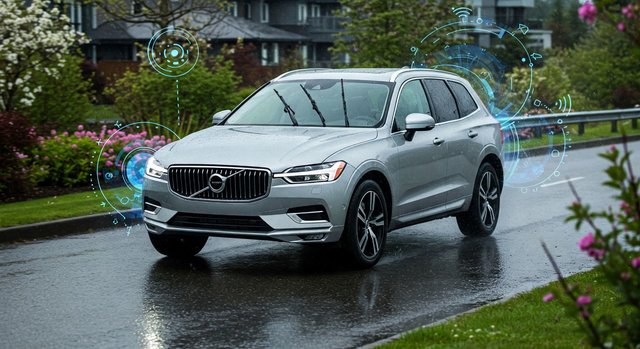Learn the Differences Between AC and DC Charging for Your Electric or Plug-in Hybrid Vehicle
Charging Your Volvo at Home: AC vs. DC Charging Explained
Learn the Differences Between AC and DC Charging for Your Electric or Plug-in Hybrid Vehicle
If you own a fully electric or plug-in hybrid car, you’ve likely encountered the terms AC and DC charging. But what do they mean? We’ll break down the differences, as well as the pros and cons, so you can understand how each system works.
AC Charging
AC (alternating current) charging is the most common method, used when charging your vehicle at home. It converts AC from the power grid into DC, which powers the battery. AC charging typically takes 6-12 hours for a full charge with a home charging box, like the Volvo wallbox. It’s ideal for overnight charging and is cost-effective, with smart features like scheduling available.
Advantages of AC Charging:
- Perfect for home use
- Affordable to install
- Smart features for convenience
Disadvantages of AC Charging:
- Slower compared to DC charging
DC Charging
DC (direct current) charging is a faster, more advanced method found at public stations. It skips the conversion process, delivering DC directly to the battery, making it ideal for quick charging on the go.
Advantages of DC Charging:
- Much faster charging speeds
- Growing availability of stations
Disadvantages of DC Charging:
- Higher cost compared to AC charging
Where Can You Charge?
Find public charging stations via the Volvo Cars app or on your car’s center display, and choose where to charge while on the road.
Volvo’s Home Charging Solution
For convenient and cost-effective home charging, Volvo recommends installing a wallbox. With up to 22 kW capacity and smart features, it’s a future-proof investment for electric car owners.




























